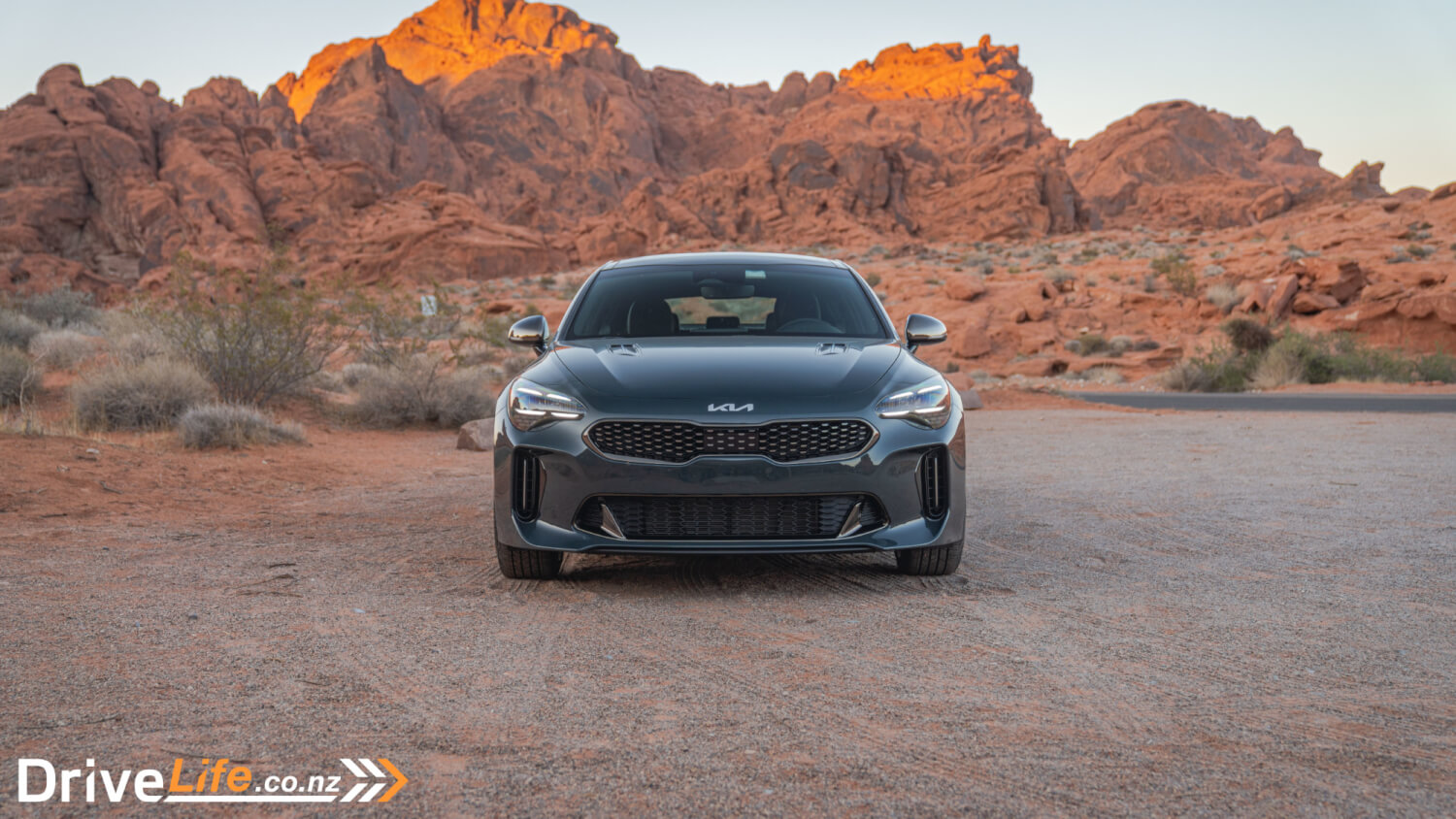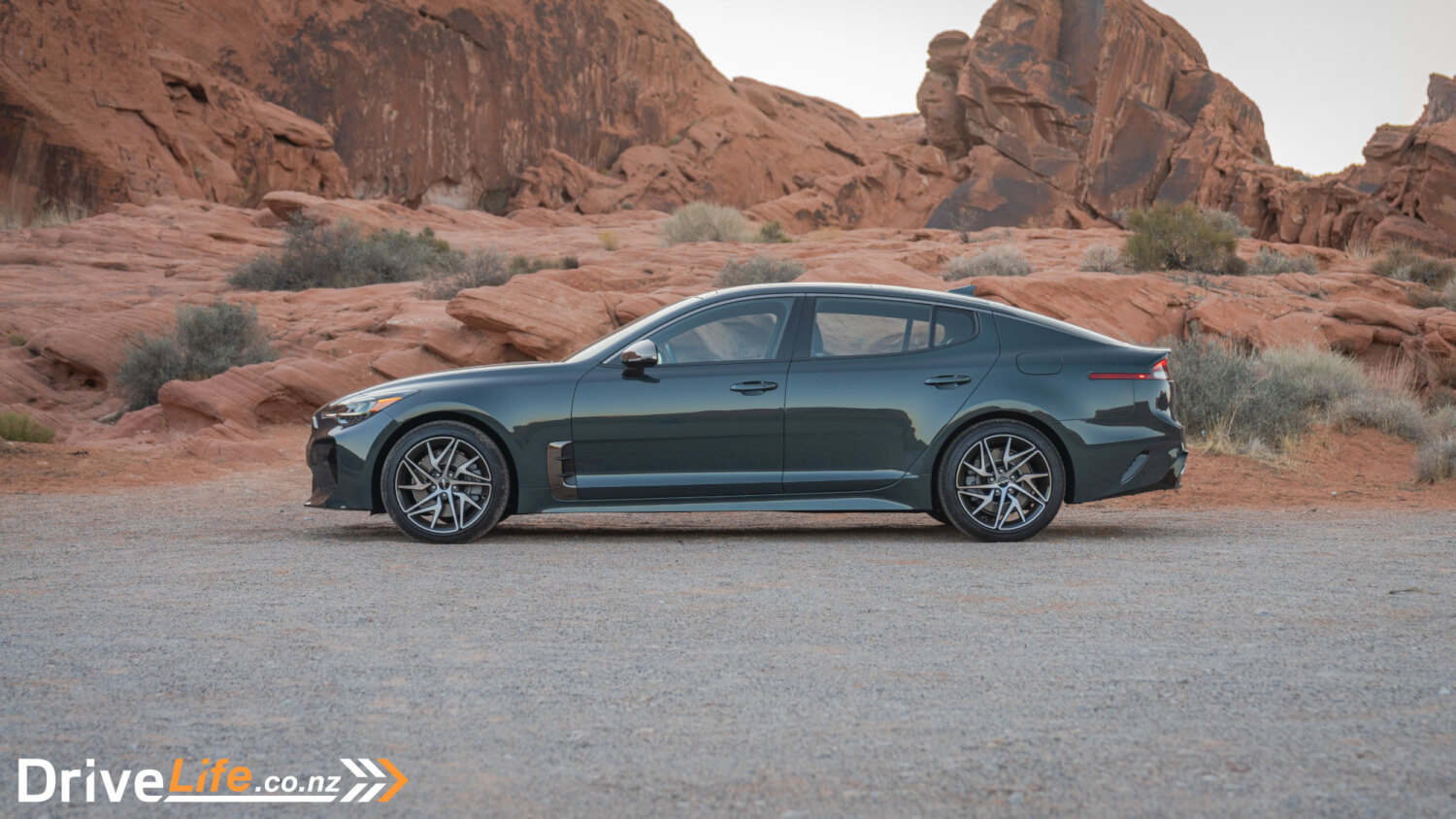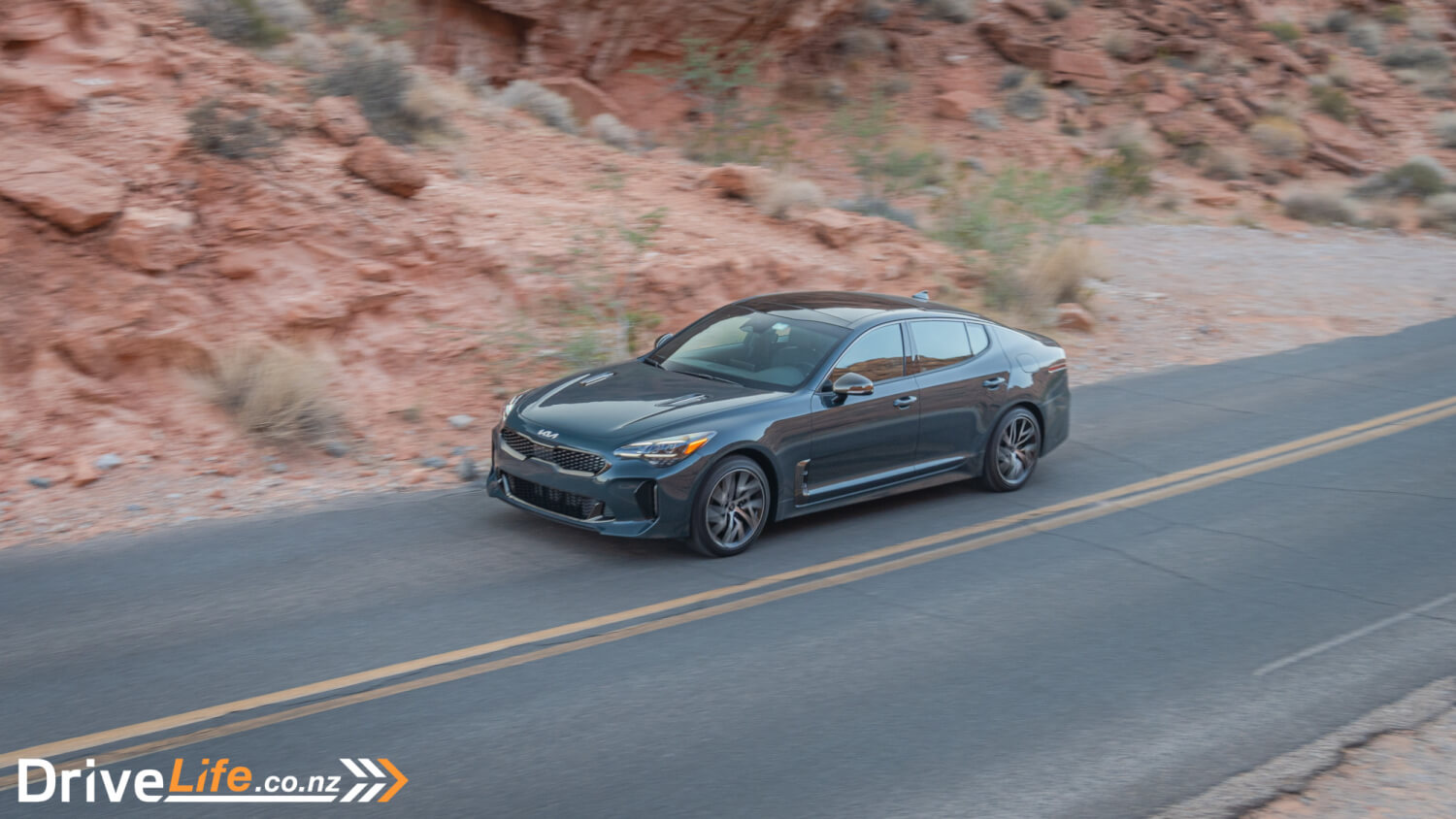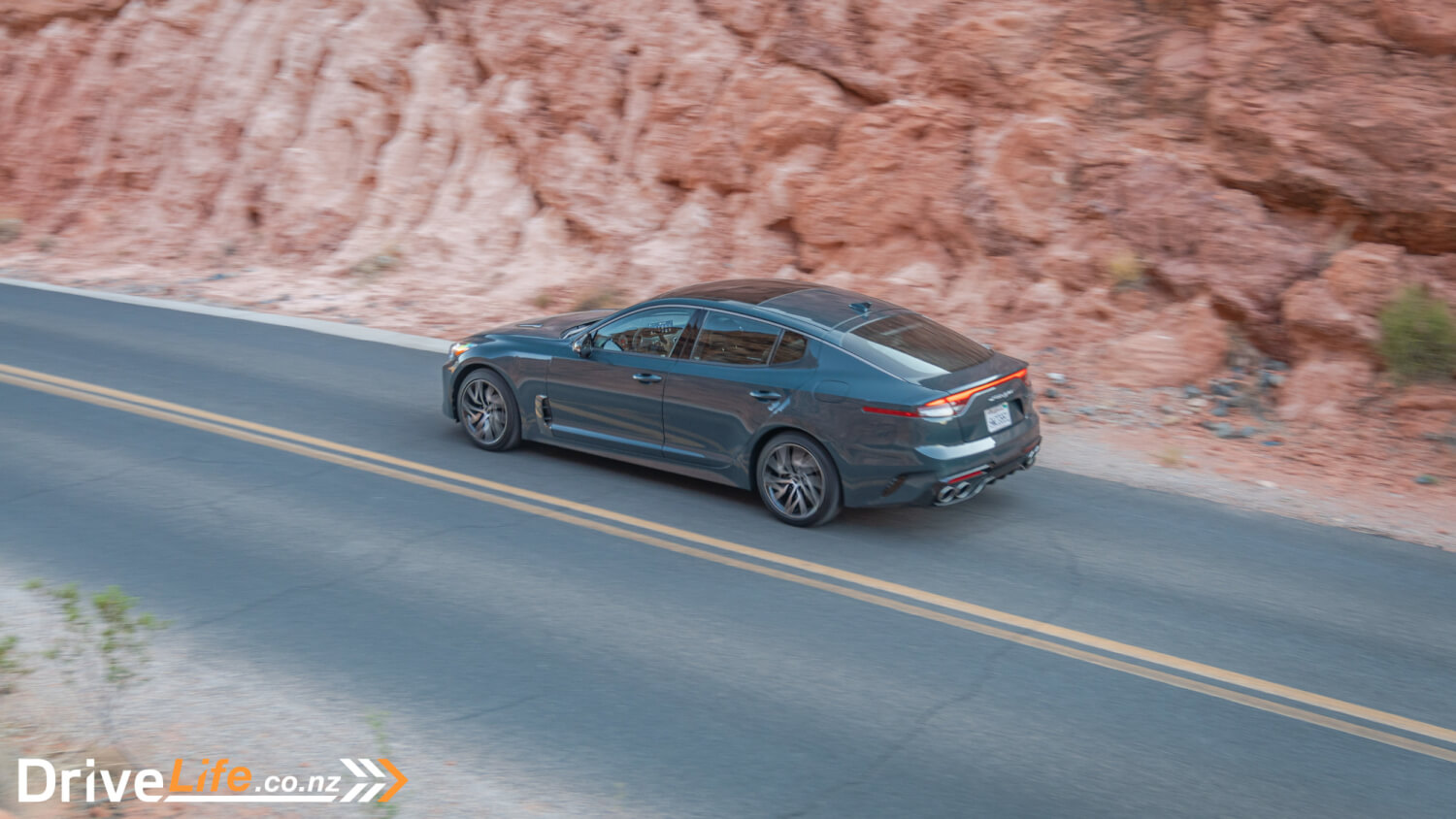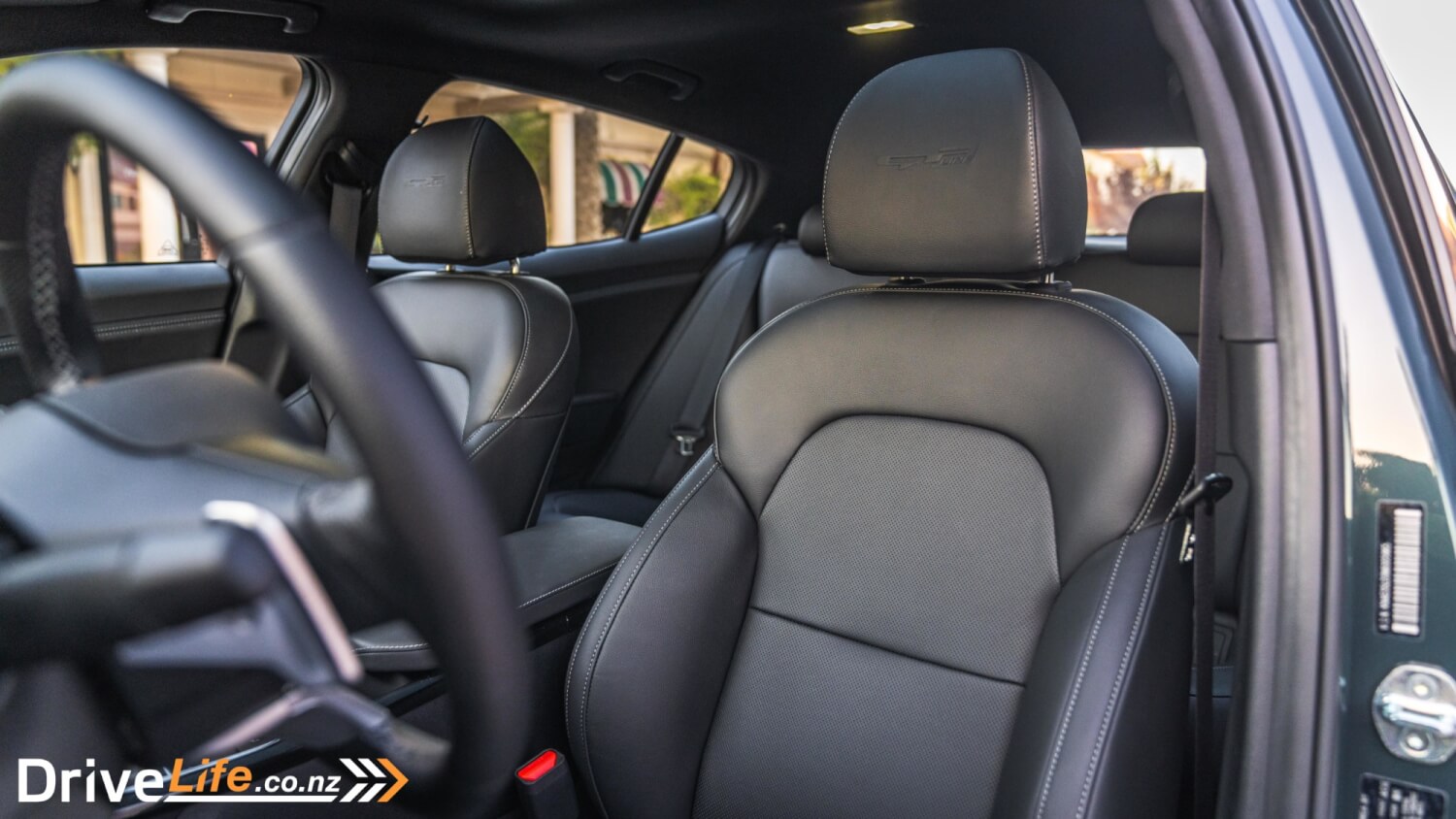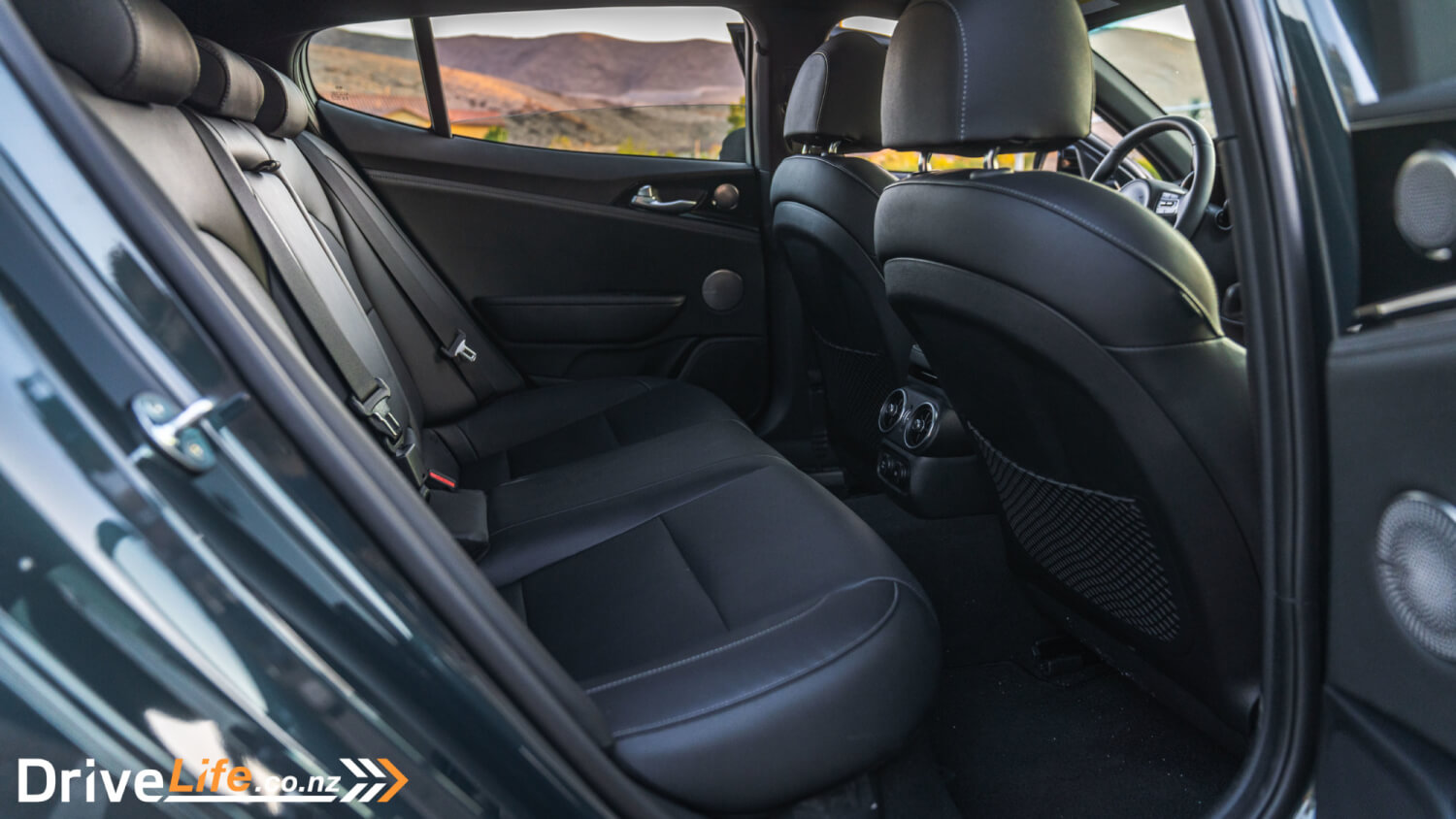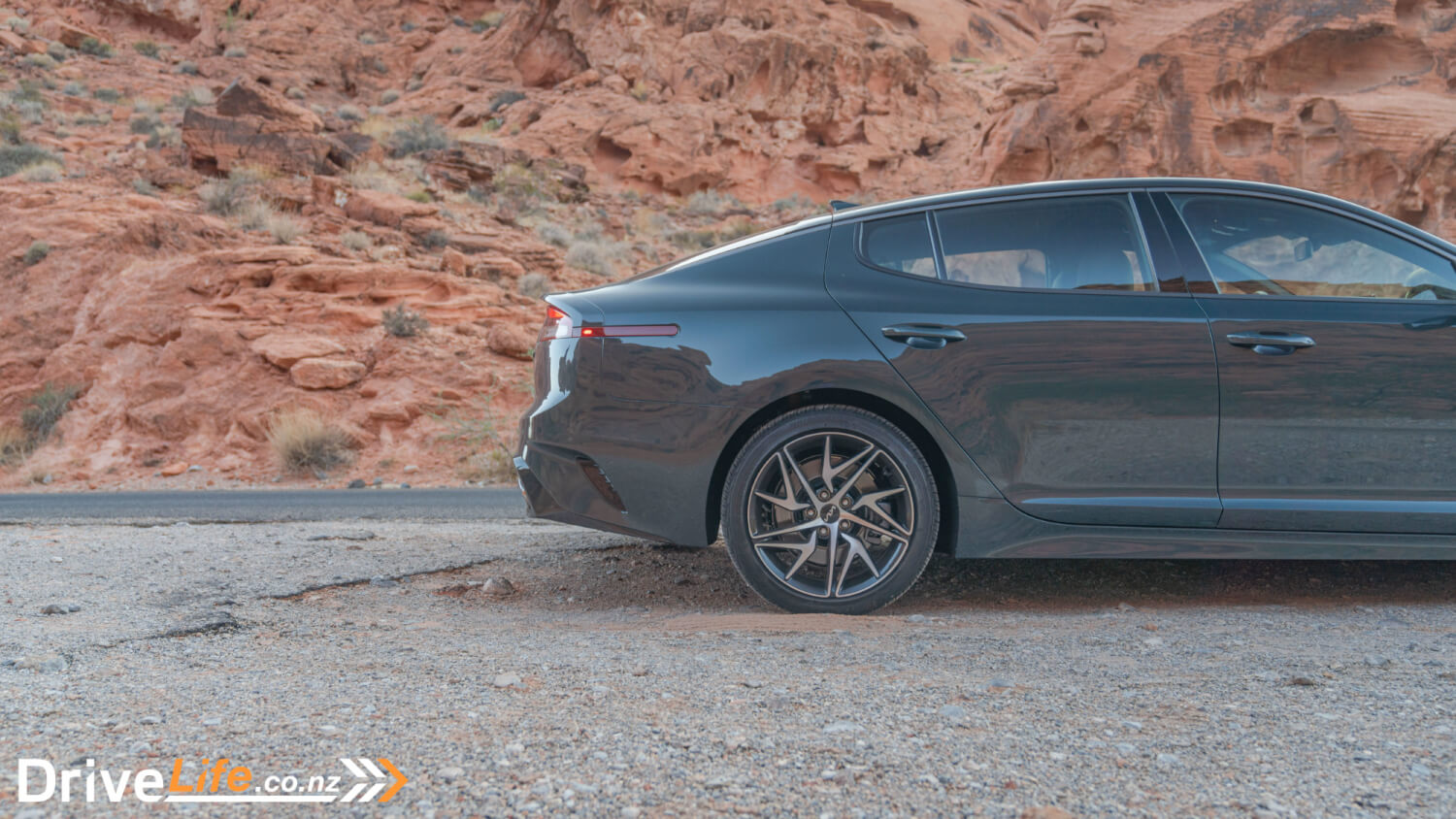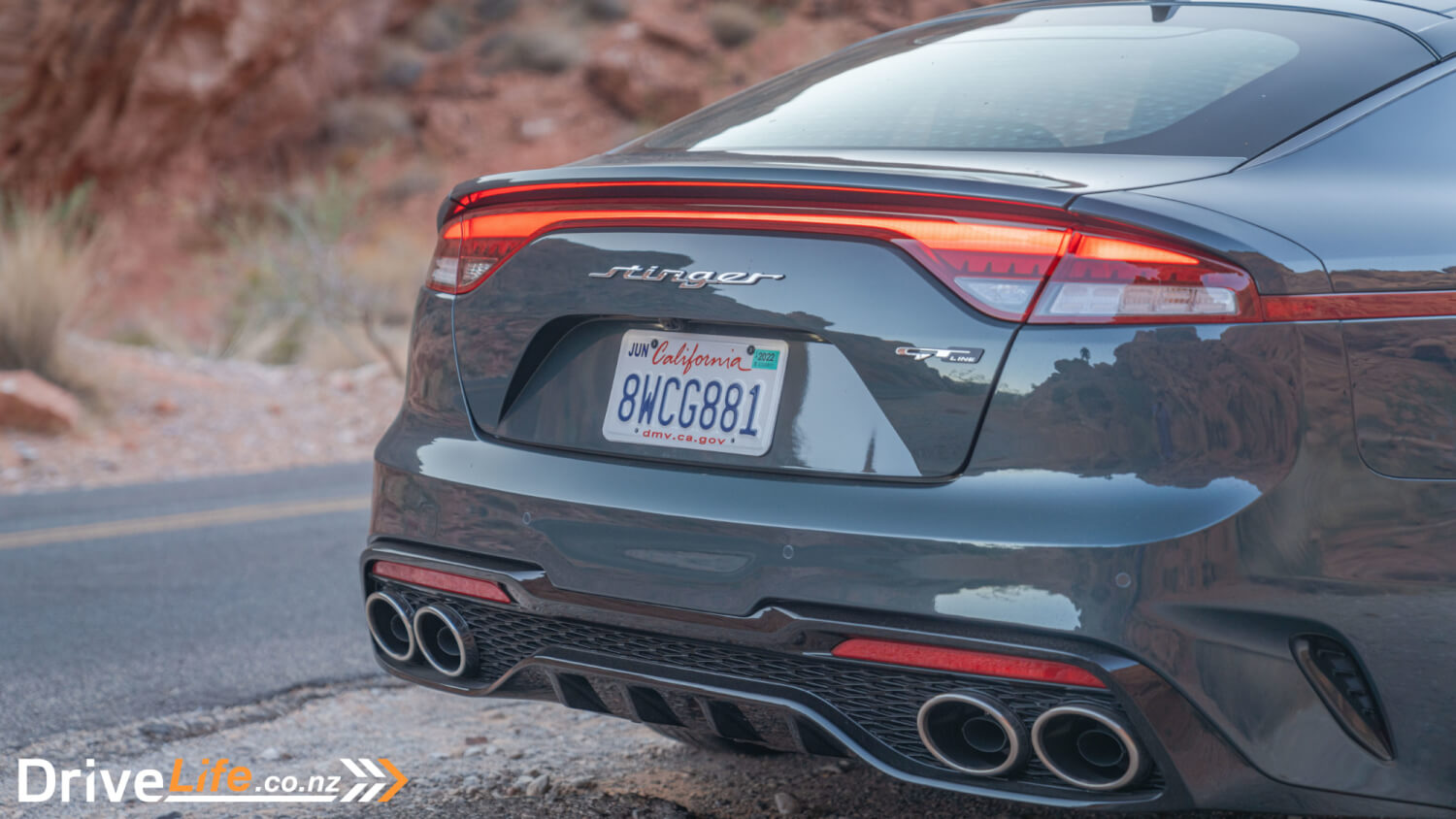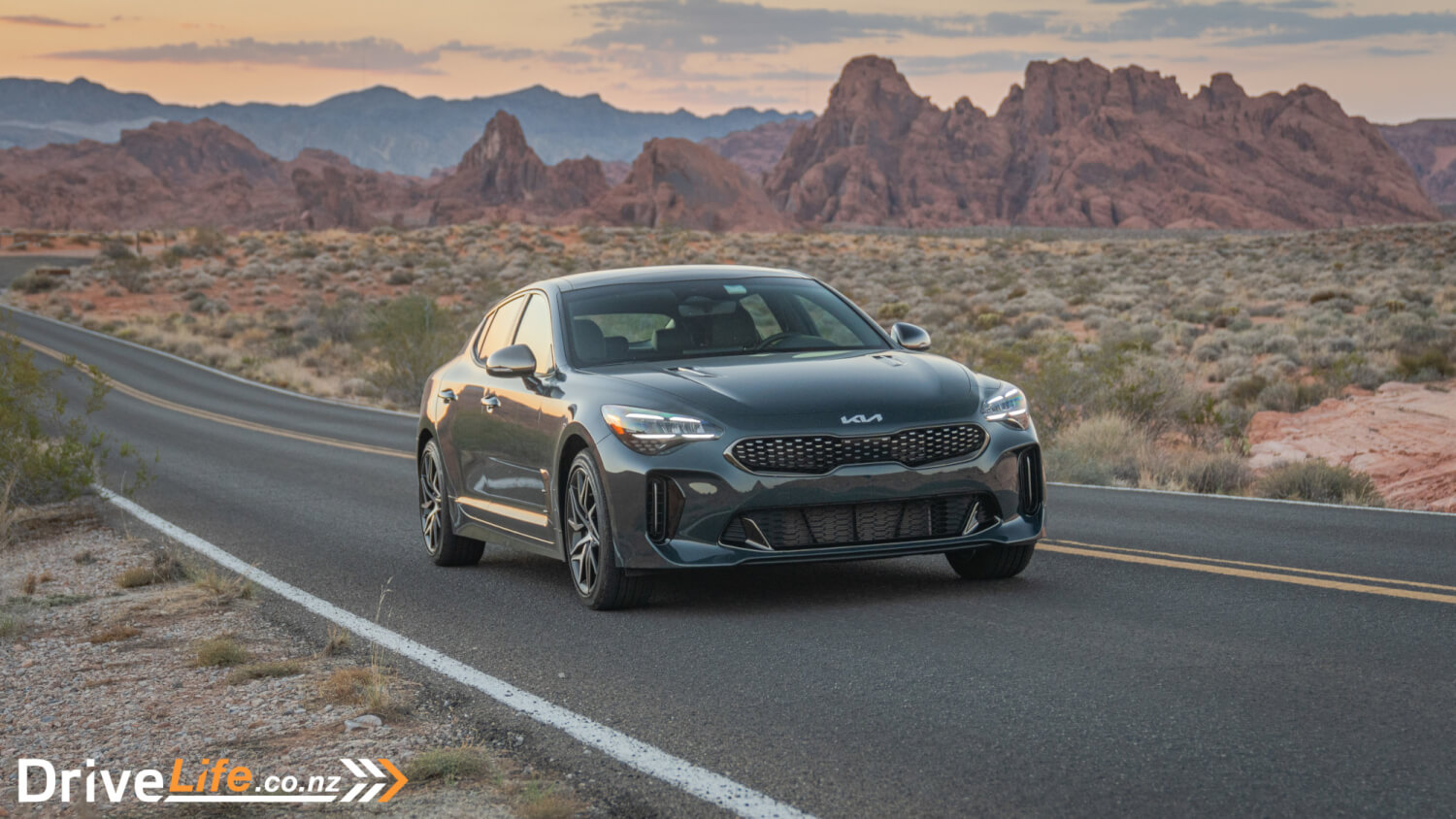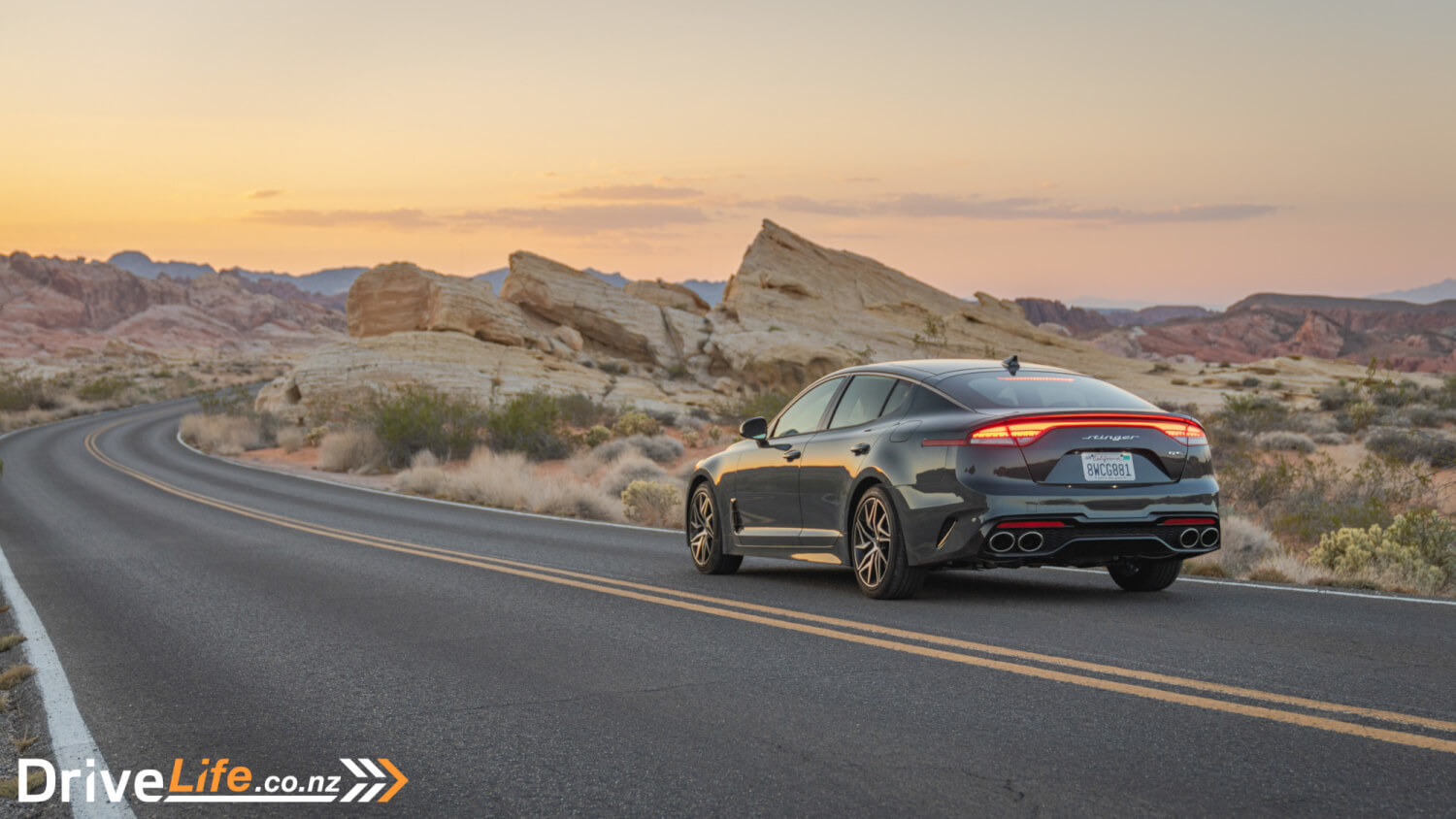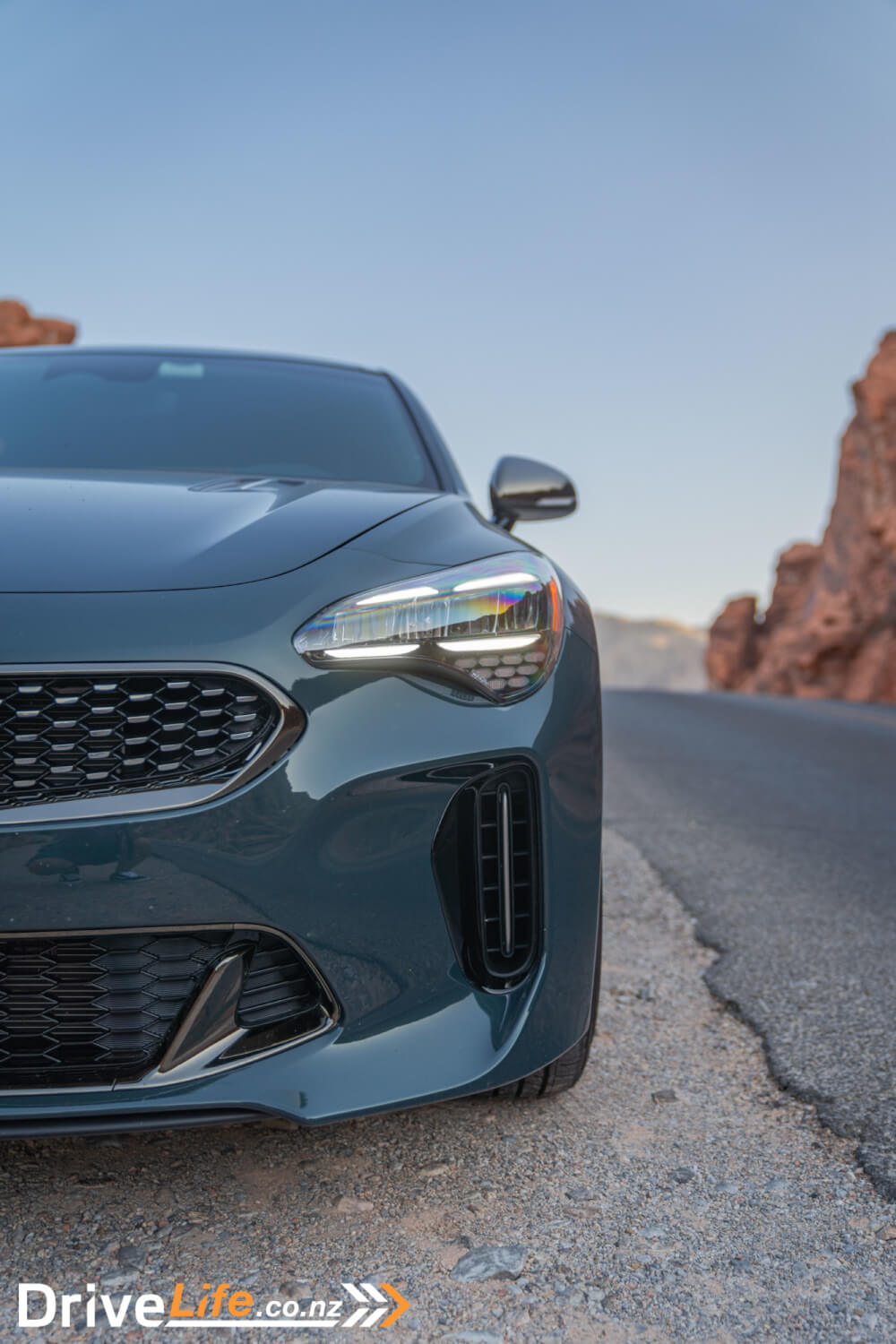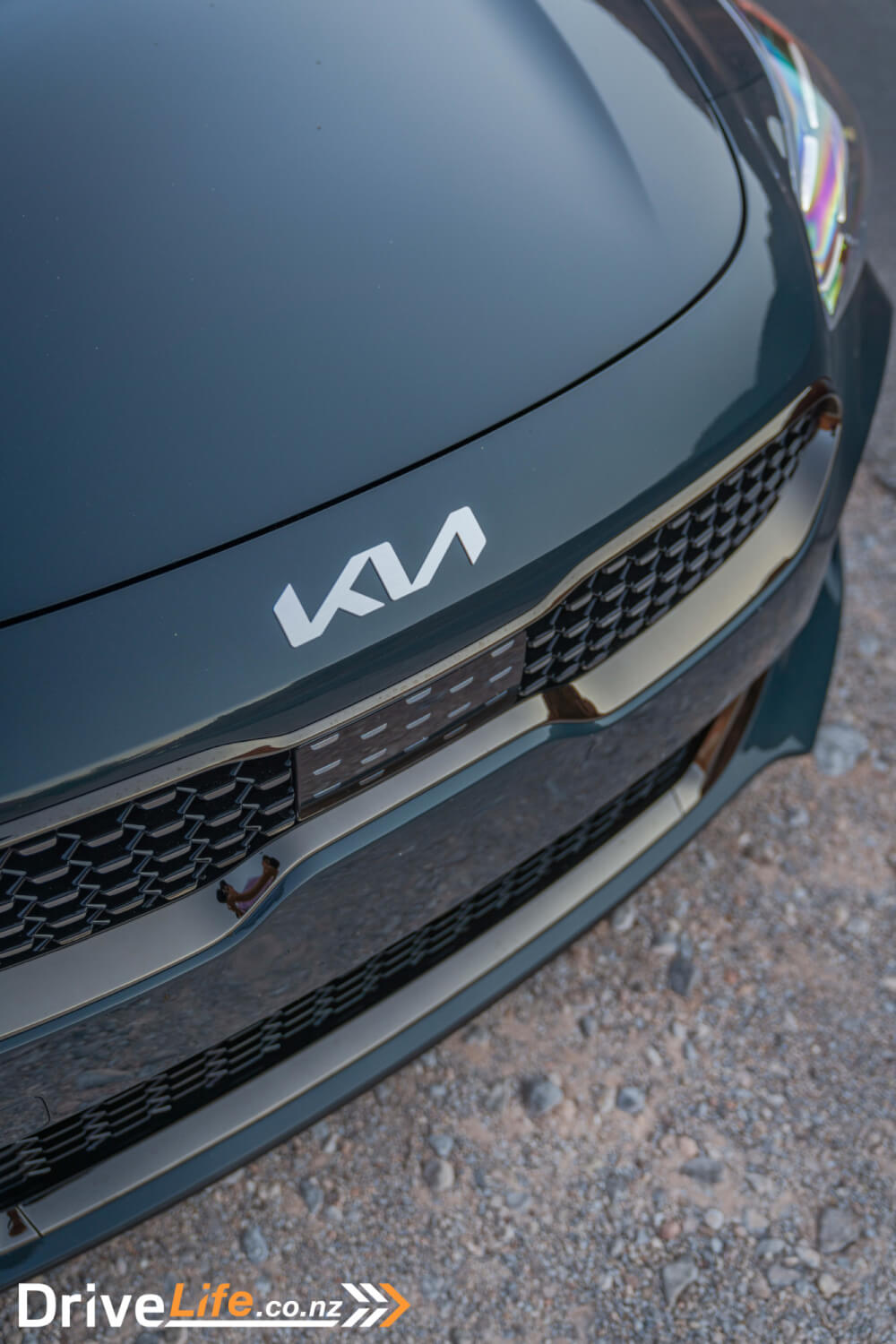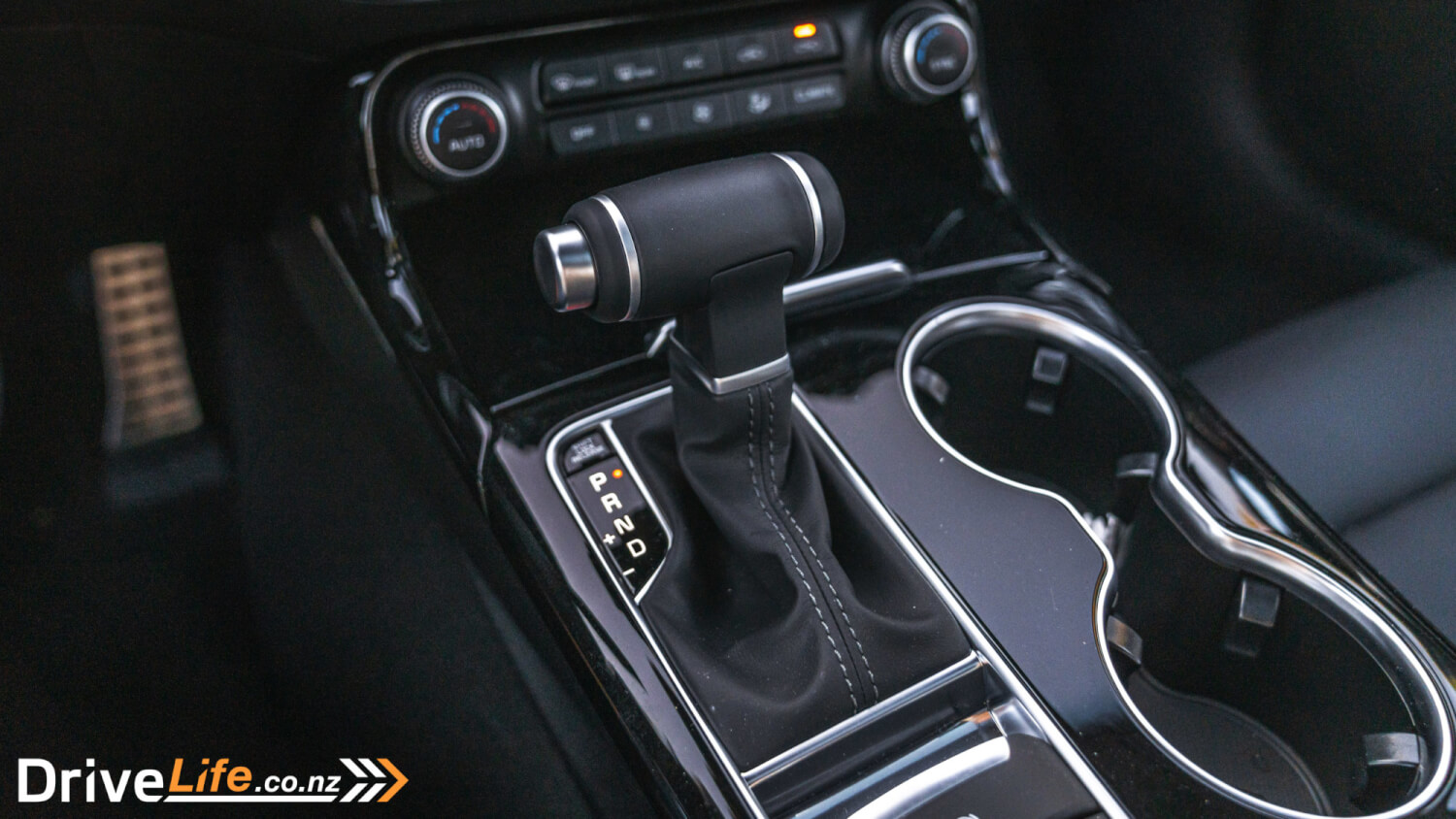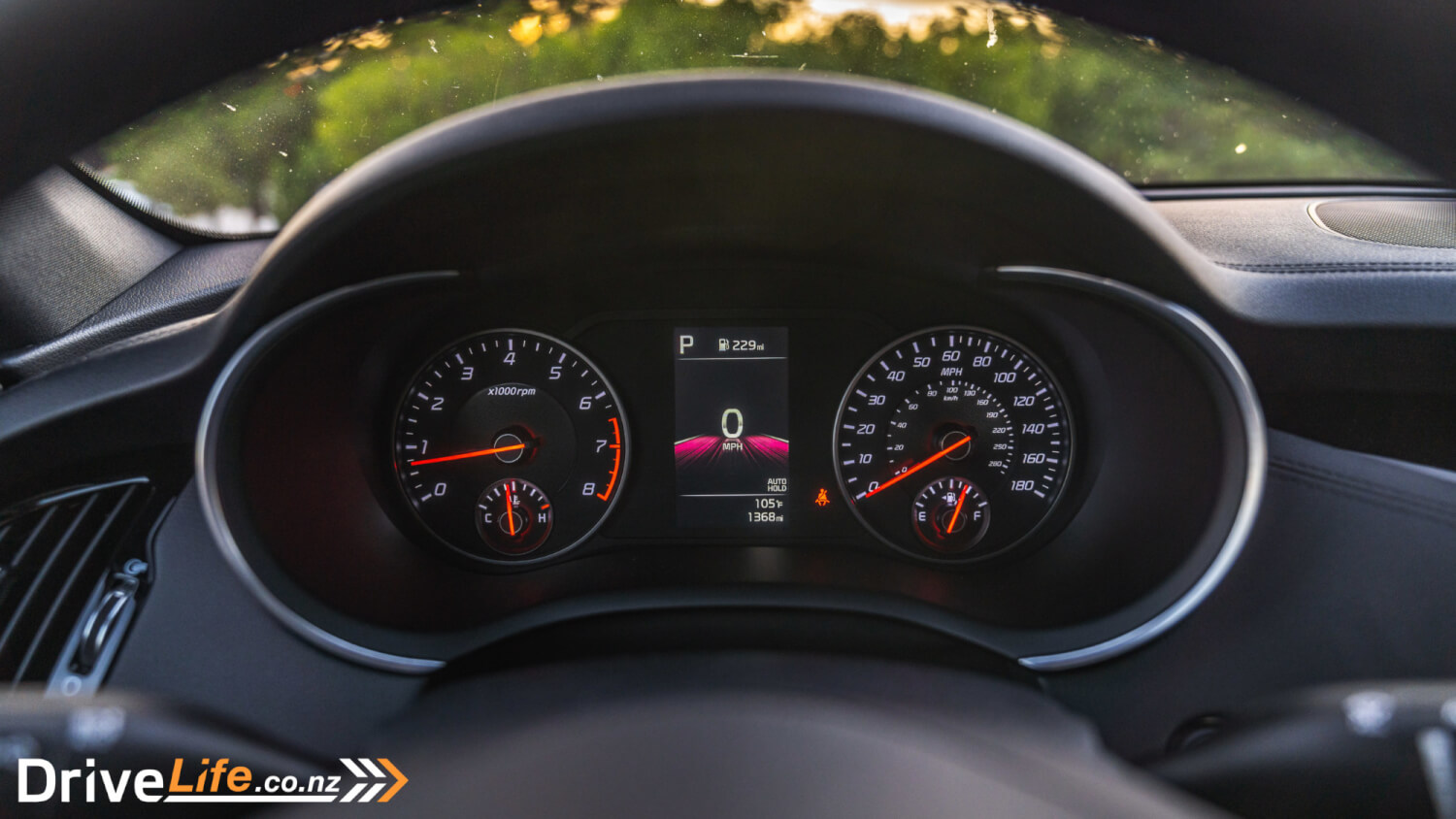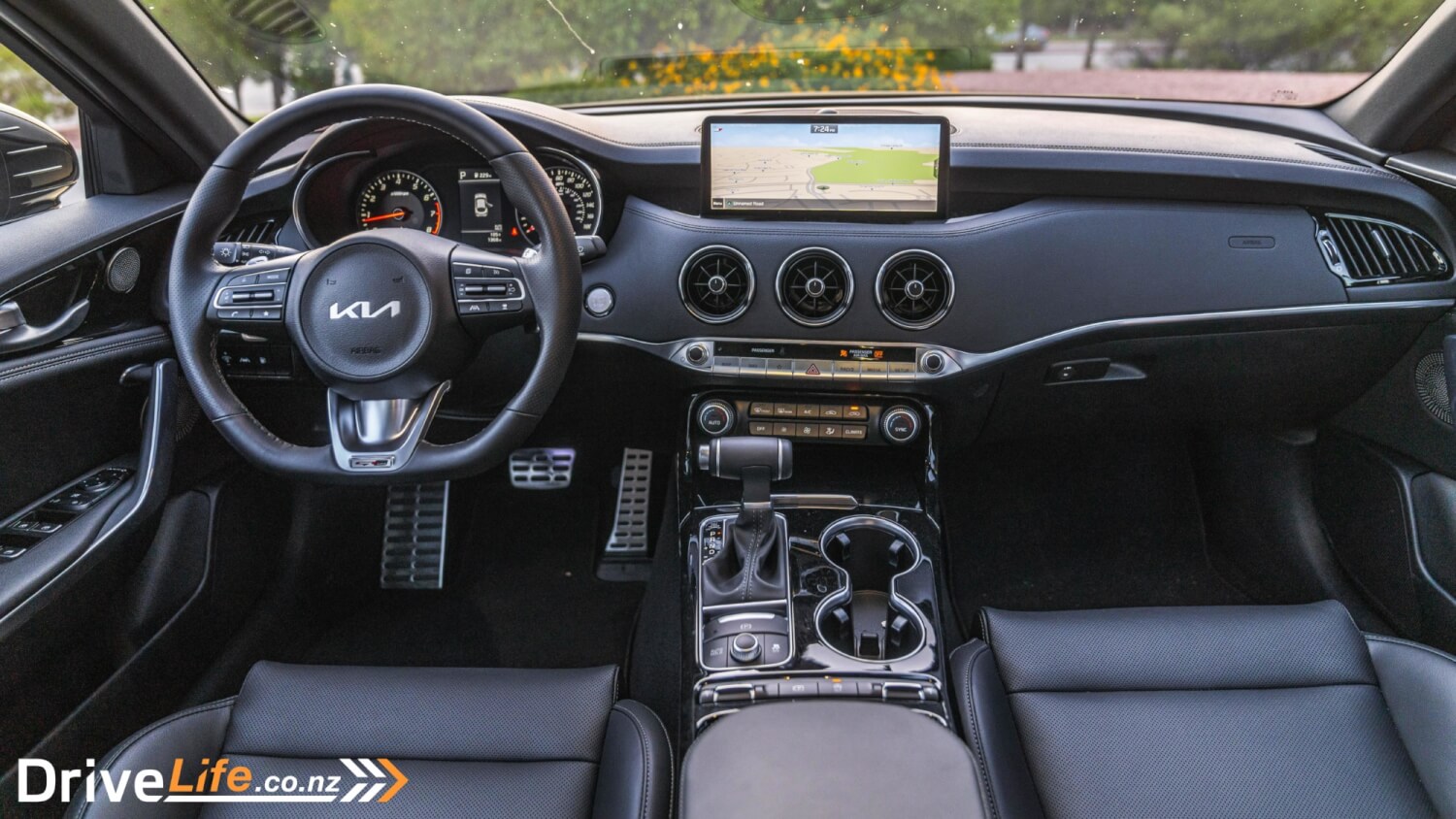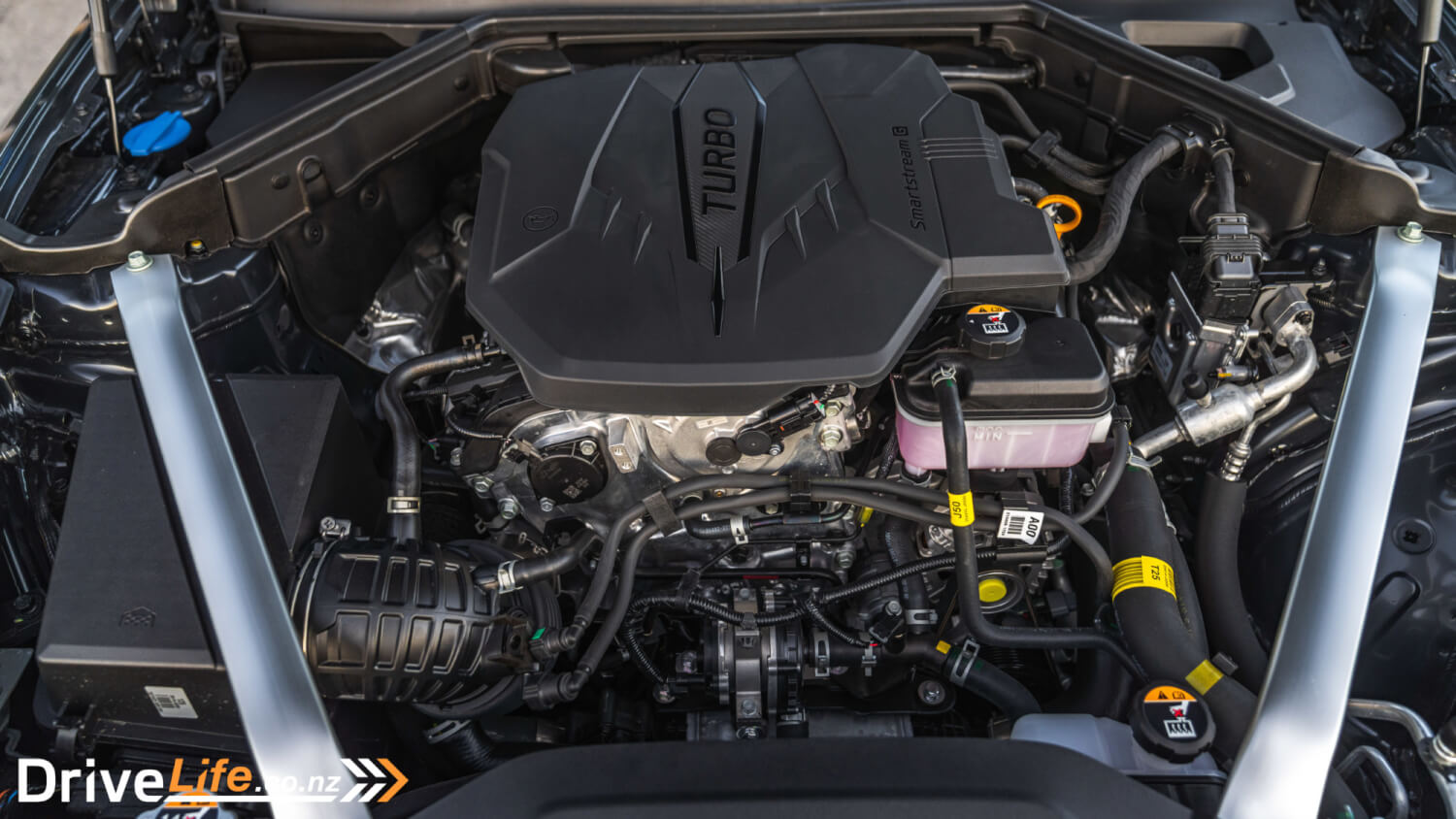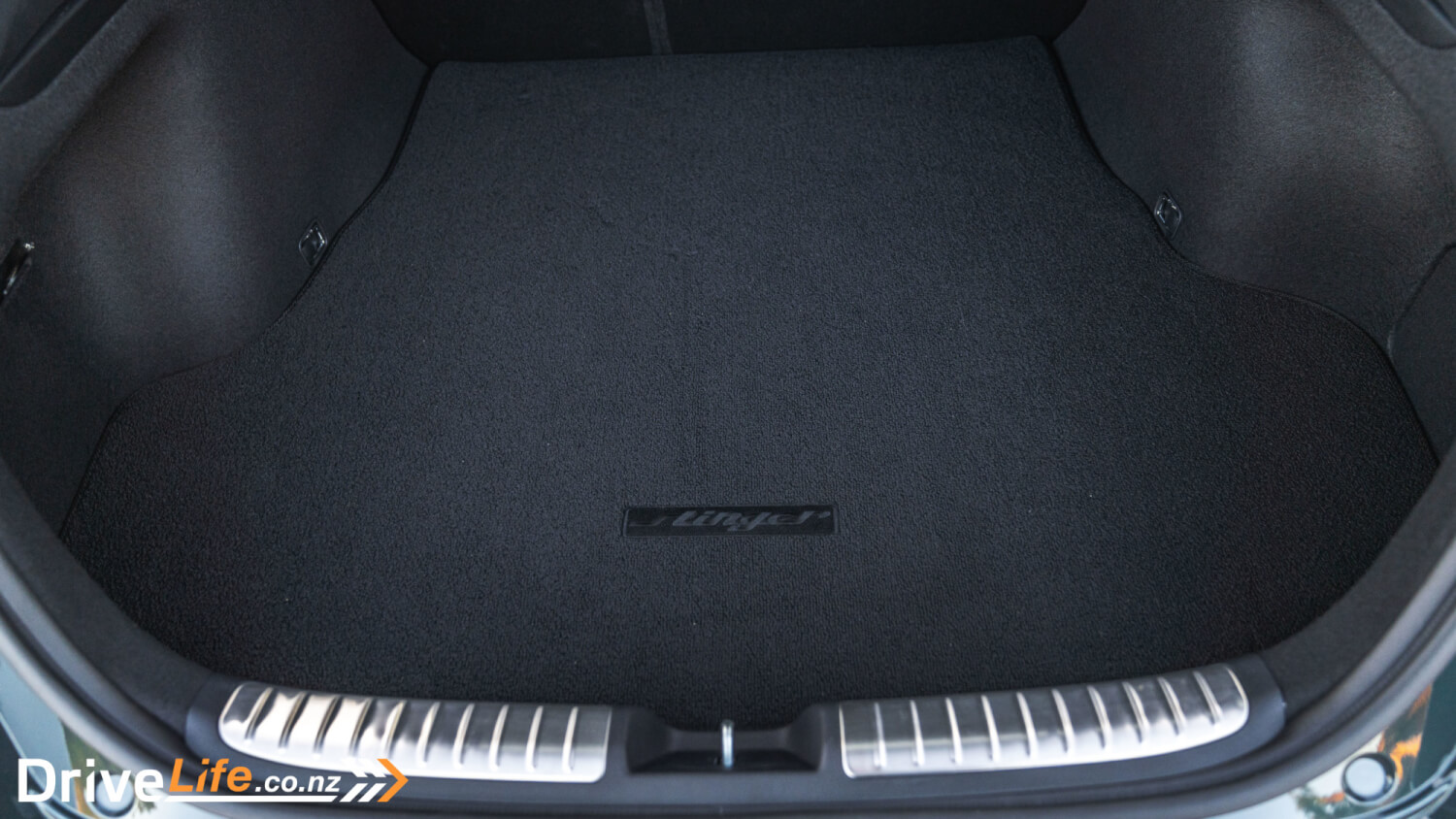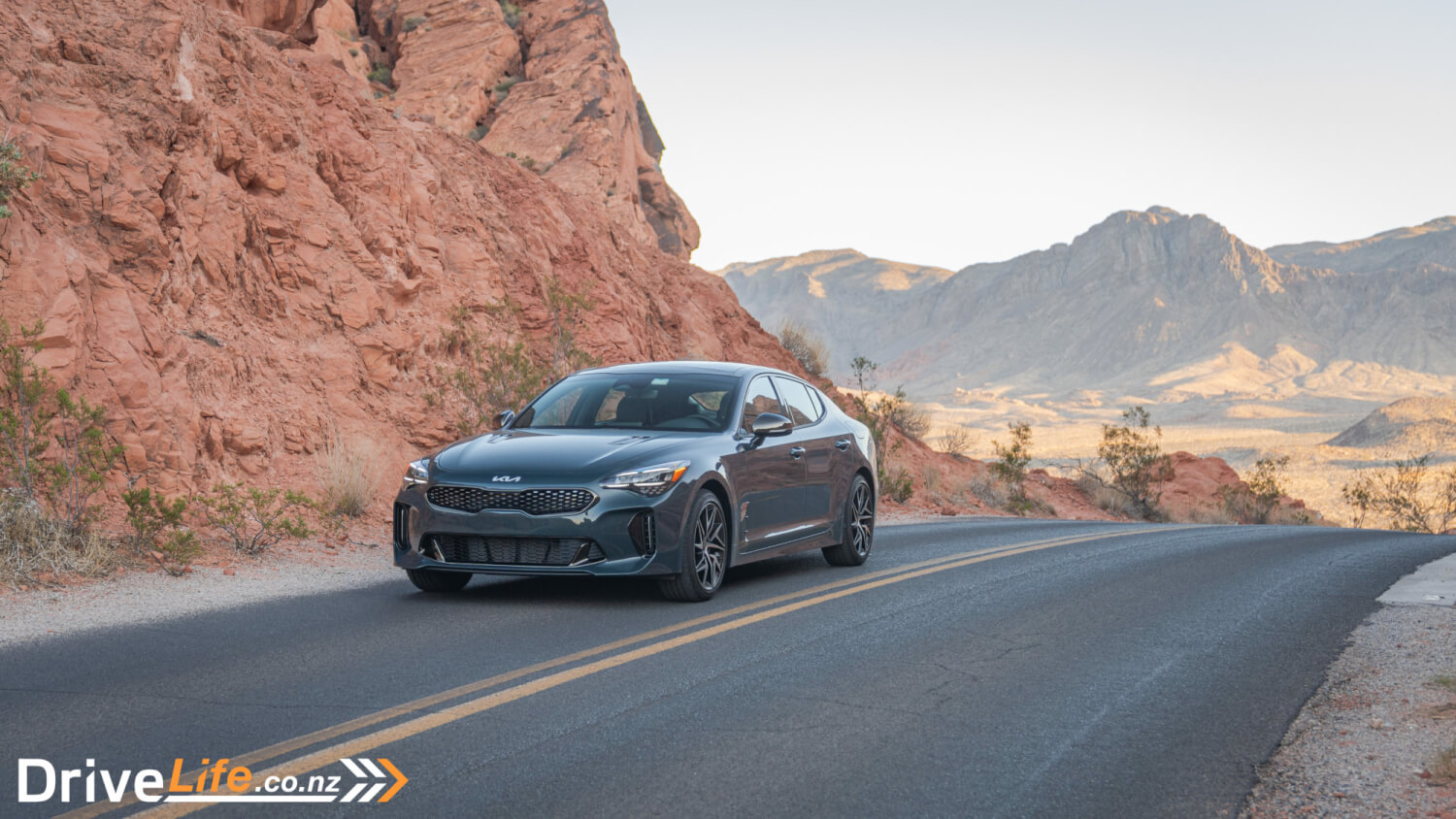For one reason or another Korean cars just don’t exist in Japan. You might see the odd Hyundai Grandeur from before the marque officially pulled out of the Japanese market in 2006 and the South Korean embassy has a fleet of modern Genesis cars but that’s pretty much it. Japan has completely missed the massive transformation Kia and Hyundai/Genesis has had since the mid-00s.
Even the last 5 years have brought in significant changes for both brands. Kia is a proper contender in the mainstream and Hyundai has had a steady rise nearing the premium end of the mainstream market. The last Korean car I drove was a 2014 Hyundai Santa Fe and compared to the current generation Santa Fe is almost indistinguishable.
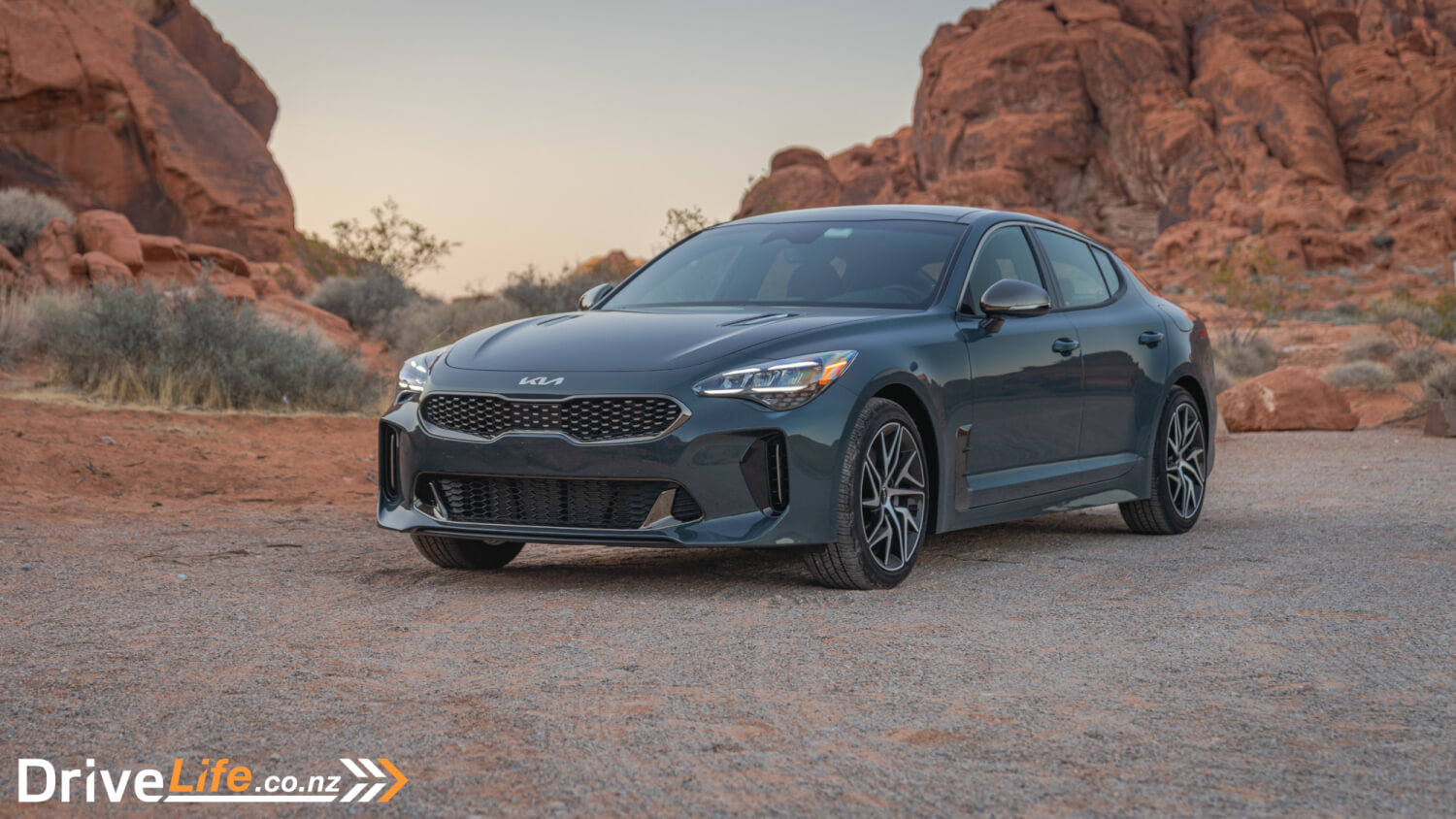
To remedy this I took my recent trip to America as an opportunity to drive something Korean that I wouldn’t be able to get my hands on in Japan. There was only one obvious choice; the Kia Stinger. Since this rear-wheel drive sports sedan came out in 2018 it was completely shattered by perception and expectations of what a Kia could be. Now that it’s got a hot new turbocharged four-cylinder engine and a recent mid-life refresh there wasn’t a better time to finally get behind the wheel of one.
We’ve already done a full road test on the Stinger, which is only offered in New Zealand with a 2.0-litre, 4-cylinder turbo engine, or a high performance 3.3-litre twin-turbo V6. My test car in America came with a new 2.5-litre turbocharged four-cylinder that’s not available locally. After spending a week with one in California here’s five things I liked about the Kia Stinger GT-Line and five things I didn’t like.
Five Things I Like About The Kia Stinger GT-Line
Handsome looks
Just look at it. The Stinger, to my eyes, has aged well. The 2021 facelift brought in revised headlights with new daytime running lights and updated taillights now incorporating a light bar style graphic. It definitely looks more expensive than its US$36,000 ($50,000) starting price. It certainly breaks the convention of traditional sedans and borders on the whole ‘four-door coupe’ look that’s all the rage in the premium segment. Also, those wheels look even better in person than they do in photos.
Rides and chassis
As the ‘GT-Line’ in its name suggests this is primarily aimed to be a grand tourer than an out-and-out sports car. I have no problem with that because a car this big is better used as a grand tourer than a track toy. That said, the chassis of the Stinger is amazingly balanced and fine tuned. It was nicely neutral but with some encouragement could also be quite playful. The steering, while light, let you know exactly what the front wheels were doing. Communicative steering isn’t exactly a common thing in this segment, only the now defunct Mazda6 comes to mind. What impressed me was the ride quality which, despite LA’s questionable road conditions, never felt jarring or uncomfortable.
Space and practicality
The Stinger is a large car, there’s no getting away from that, but that also means there’s a lot of space inside. You could easily carry four adults without any complaints from the passengers in the rear. Usually in a sporting rear-wheel drive sedan like this you’d have to sacrifice some rear occupant space but the Stinger had more legroom than the even larger sedans. The boot was also capacious enough for a weekend trip away to Vegas.
Real world economy
Kia claims the new 220kW 2.5-litre turbocharged four-cylinder Stinger has a combined average fuel economy of 25mpg and for the most part I got very close to that number. The four-cylinder does seem to provide the best balance of real world economy with more than enough performance for a daily driver. However, from my month in Los Angeles I noticed more people opted for the V6. I guess some people really need that extra 58kW.
Niche product
A rear-wheel drive sedan is about as rare these days as watching the news and not hearing anything about covid and they’re getting rarer. Most consumers don’t care which wheels are being driven, they just want SUVs. If they do want a sedan they’ll just want whichever is the safest, best value, or economical. The Stinger then shouldn’t exist but I’m so glad it does. This is Kia taking aim not at Toyota or Honda but at Audi, Volkswagen, and BMW. Its closest rival, the Arteon is just a fancied up Passat. The Stinger sits on a bespoke rear-wheel drive platform (that’s now shared with the Genesis G70) and that’s what us enthusiasts like. I love the Stinger simply for existing and breaking the mould. The fact that it’s actually also a great car that’d tick pretty much everyone’s daily driver needs is a bonus.
Five Things I Dislike About The Kia Stinger GT-Line
Needs 360 camera, or at least front sensors
It’s not all perfect though, a car as big as this should have a 360 degree camera or at the very least front parking sensors. Those rear-wheel drive proportions of a long bonnet and a stumpy rear end means parking head first can be quite awkward.
8 speed auto not the quickest
Alright, maybe it’s a bit much to expect this to be dual-clutch quick but if ZF can get close then surely Kia and Hyundai can too. If you’re just driving along normally it’s fine 90% of the time. There were some instances when the kick down was a bit slow or you’d want to be in a gear or two lower for an overtake and the transmission wouldn’t react immediately. Probably having a smoke break or something.
Interior a mix of premium and hard materials
I liked the interior of the Stinger. The updated infotainment screen looks much better than the iPad like screen that came before. I even like the analogue gauges as modern cars are increasingly moving towards full digital displays. But what confused me with the interior was the mishmash of materials. Some felt premium like the soft plastics around the top of the interior and the leather on the seats and steering wheel. But then you’d also have hard scratchy plastics scattered around. Also wasn’t a big fan of the gear stick which felt like it belonged more in a pickup truck and not in something as sleek as the Stinger.
V6 might be the engine to go for
As good as this new four-cylinder turbo engine is, and it is very good, the whole time I was driving it I couldn’t help but think that with the 300kW V6 it’d be the ultimate daily driver for around US$45,000 ($63,000). I’ll put it this way; if you had to have one car the V6 would be Stinger I’d go for. But if you could have a weekend car then the four-cylinder Stinger is a no brainer.
There won’t be another
Kia has said after the 2022 model year the Stinger will be retired. There won’t be another. It’s not a surprising decision with sales slowing down for these sorts of cars but it is a disappointing one. Kia also offers a similarly sized and priced sedan that’s more in line with the Camrys and Accords of this world to cater to less interesting people than those that would’ve gotten a Stinger.


